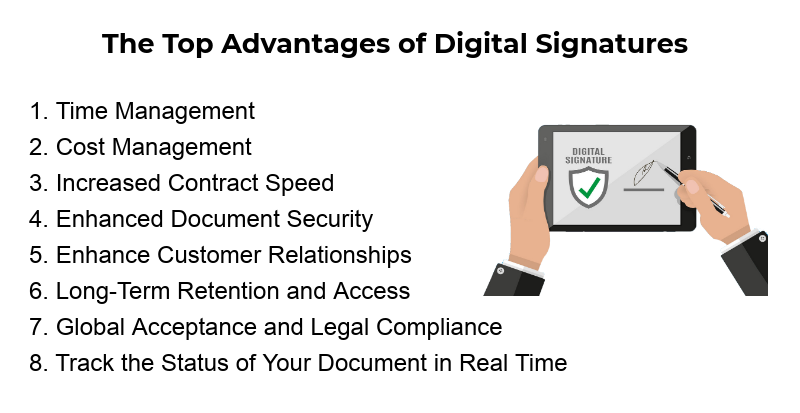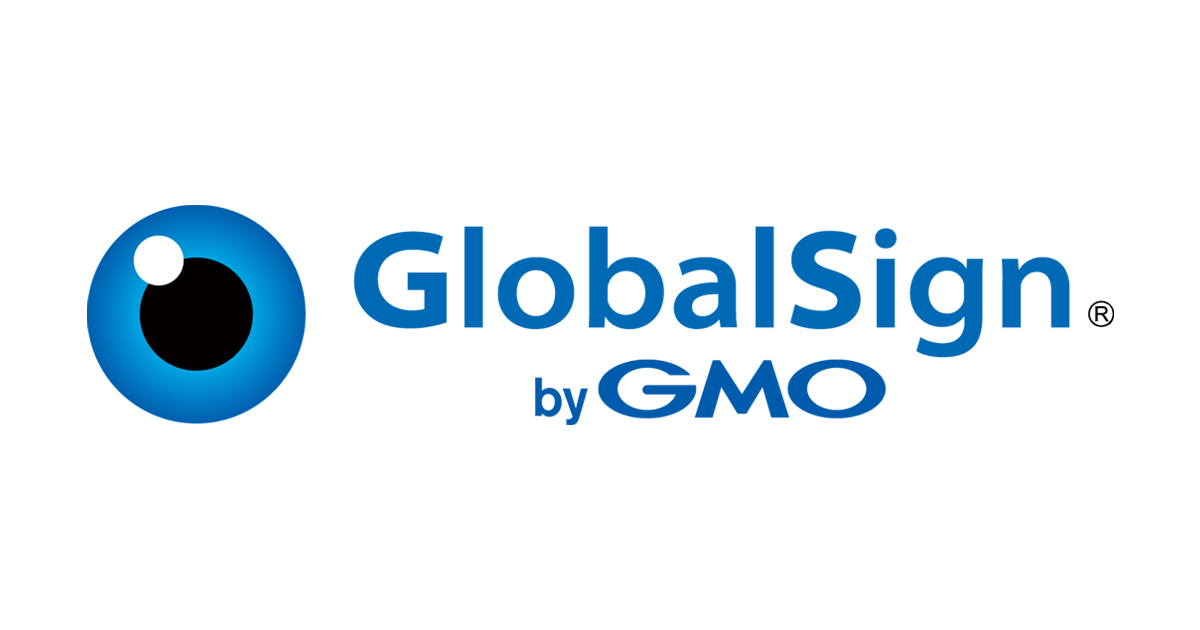Understanding Digital Signatures: The Backbone of Modern Digital Security
In an era where interactions and transactions increasingly occur online, ensuring the security and authenticity of data has never been more crucial. As businesses, governments, and individuals rely heavily on digital platforms, the need for robust security mechanisms has led to the widespread adoption of digital signatures. These cryptographic tools offer a way to secure digital communications, verify identity, and safeguard data integrity. In this article, we explore what digital signatures are, how they work, and their significance in the digital age.
What is a Digital Signature?
A digital signature is a cryptographic technique used to validate the authenticity and integrity of digital messages or documents. Much like a handwritten signature on a paper document, a digital signature is unique to both the document being signed and the individual signing it. However, unlike traditional signatures, digital signatures provide a higher level of security, making them difficult to forge or alter.
Digital signatures are generated using a combination of cryptographic algorithms. They leverage public key infrastructure (PKI), a framework that involves the use of a pair of keys – a private key and a public key. The private key is retained securely by the signer, while the public key is available to anyone who needs to verify the signature. This seamless mechanism ensures that messages or documents are signed in a way that only the intended recipient can authenticate.
How Digital Signatures Work
To understand digital signatures, it's essential to grasp the process behind them. Here's a step-by-step breakdown of how a digital signature is created and verified:
1. **Hashing the Document* When a document is signed digitally, a hash function is applied to the document. This function generates a fixed-size, unique hash value, essentially serving as a digital fingerprint of the document. If any alteration is made to the document, its hash value changes, indicating tampering.
2. **Signing with a Private Key* Once the document is hashed, the signer uses their private key to encrypt the hash value. This encrypted hash value, along with the digital certificate of the signer, constitutes the digital signature.
3. **Verification with a Public Key* Upon receipt of the signed document, the recipient uses the signer's public key to decrypt the signature, obtaining the original hash value. Concurrently, the recipient hashes the received document. For authenticity, both hash values must match. If they do, it confirms that the document is unchanged and genuinely from the signer.
The Advantages of Digital Signatures
Digital signatures offer a myriad of advantages that make them indispensable in contemporary digital dealings:
- **Enhanced Security* Digital signatures provide a higher level of security compared to their handwritten counterparts. They leverage cryptographic techniques to protect documents from tampering and forgery.
- **Legal Validity* In many jurisdictions, digital signatures hold legal weight equivalent to traditional signatures. Laws such as the Electronic Signatures in Global and National Commerce Act (ESIGN) and the European Union’s eIDAS Regulation recognize digital signatures' legality, providing a legal framework for their use.
- **Increased Efficiency* Digital signatures streamline processes by eliminating the need for physical document handling. They enable immediate signing from anywhere in the world, reducing transaction times and enhancing productivity.
- **Cost Savings* By reducing the need for paper, printing, and physical storage, digital signatures contribute to significant cost savings. They also minimize expenses related to document courier services.
- **Environmental Impact* As businesses seek sustainable practices, digital signatures play a role in cutting down paper consumption, supporting environmental conservation efforts.
Applications of Digital Signatures
The adoption of digital signatures spans a wide range of industries, highlighting their versatility and necessity:
- **E-commerce* In online transactions where trust is paramount, digital signatures ensure the authenticity and integrity of data shared between parties, laying a foundation for secure e-commerce.
- **Banking and Finance* Digital signatures facilitate secure transactions, account openings, loan approvals, and more, enhancing customer experience while safeguarding against fraud.
- **Healthcare* From ensuring the confidentiality of electronic health records to streamlining patient consent processes, digital signatures are vital in maintaining security and compliance in healthcare settings.
- **Legal Sector* Legal professionals utilize digital signatures to sign contracts, agreements, and court documents, reducing the reliance on traditional paper-based processes.
- **Government Operations* Digital signatures play a pivotal role in e-governance, enabling secure communication, document handling, and streamlining public services.
In conclusion, digital signatures emerge as a cornerstone of modern digital security, offering unmatched benefits in terms of security, efficiency, and legal validity. As the digital landscape continues to evolve, these signatures will undoubtedly remain an integral component of secure digital interactions. In the next sections, we will explore the challenges hindering their widespread adoption, the technologies enabling their advancement, and the future trends shaping their development.
Challenges in the Adoption of Digital Signatures
Despite the numerous advantages offered by digital signatures, several challenges persist in their adoption. These hurdles, ranging from technological obstacles to regulatory concerns, must be addressed to ensure widespread implementation and acceptance.
- **Technological Barriers* One of the primary challenges is the technical expertise required to implement digital signature solutions effectively. Small and medium-sized enterprises (SMEs), in particular, may lack the resources to invest in the necessary infrastructure and training. This gap in technical know-how can hinder adoption, especially for businesses operating on limited budgets.
- **Interoperability Issues* Digital signatures must operate seamlessly across various platforms and applications. However, differing standards and protocols can lead to compatibility issues, making it difficult for different systems to authenticate digital signatures uniformly. This interoperability challenge can disrupt the flow of digital transactions, limiting the potential of digital signatures to function effectively across diverse ecosystems.
- **Data Privacy Concerns* With increasing awareness of data privacy, individuals and organizations are wary of technologies that involve the sharing of personal data. Although digital signatures aim to enhance security, implementations that do not protect privacy can lead to mistrust. Addressing these concerns involves ensuring that digital signature solutions adhere to stringent data protection regulations and employ encryption to safeguard sensitive information.
- **Regulatory Compliance* The legal recognition and validity of digital signatures vary significantly across regions. While some countries have embraced digital signatures through comprehensive legislation, others lag in establishing regulatory frameworks. This disparity creates uncertainty, particularly for international transactions, where businesses must navigate varying legal landscapes to ensure compliance.
Technologies Supporting Digital Signatures
The effectiveness and security of digital signatures rely heavily on underlying technologies that ensure their integrity. Understanding these technological components is essential for grasping how digital signatures maintain trust and security.
- **Public Key Infrastructure (PKI)* PKI is the foundation of digital signatures, enabling the generation, distribution, and management of cryptographic keys. The PKI framework supports secure interactions by providing the mechanisms for key creation, certificate issuance, and revocation. With PKI, digital signatures are not only secure but also verifiable, allowing parties to trust the authenticity of documents.
- **Cryptographic Algorithms* Various cryptographic algorithms play a role in creating and verifying digital signatures. RSA (Rivest-Shamir-Adleman), DSA (Digital Signature Algorithm), and ECC (Elliptic Curve Cryptography) are popular algorithms that differ in terms of key size, security level, and efficiency. The choice of algorithm impacts the performance and robustness of digital signature solutions.
- **Hash Functions* Hash functions generate a fixed-size output (the hash value) from input data of any size. In digital signatures, these functions ensure the integrity of a document by producing a unique hash value that changes if the document is altered. Common hash functions include SHA-256 and SHA-3, which are designed to prevent collisions – scenarios where two different inputs produce the same hash.
- **Digital Certificates* Digital certificates authenticate the identity of the signer. Issued by trusted entities known as Certificate Authorities (CAs), these certificates link a public key to the identity of the certificate holder. They play a crucial role in establishing trust, as recipients can verify the legitimacy of a digital signature by validating the certificate.
The Future of Digital Signatures
As technology advances and digital interactions become increasingly commonplace, the landscape of digital signatures is poised for evolution. Emerging trends and innovations promise to reshape how digital signatures are used, enhancing their utility and security.
- **Blockchain Technology* The decentralized and tamper-proof nature of blockchain makes it an ideal platform for managing digital signatures. By recording transactions and signatures on an immutable ledger, blockchain technology enhances transparency and security. This integration is particularly promising in industries such as supply chain management, where provenance and traceability are crucial.
- **Smart Contracts* Digital signatures are becoming integral to the execution of smart contracts – self-executing contracts with terms written into code. By ensuring that each party's signature is secure and verifiable, digital signatures facilitate the automated execution of contractual obligations without the need for intermediaries.
- **Biometric Integration* Combining digital signatures with biometric data such as fingerprints or facial recognition adds an extra layer of security. This enhancement seeks to authenticate users more securely and conveniently by verifying signatures through unique biological characteristics, reducing reliance on passwords and PINs.
- **Regulatory Harmonization* As globalization continues, efforts to harmonize digital signature regulations across borders are underway. These initiatives aim to create a coherent legal framework that simplifies cross-border transactions and empowers businesses to leverage digital signatures confidently.
In summary, the journey of digital signatures is characterized by both opportunities and challenges. The continued evolution of supporting technologies and the growing acceptance of digital interaction will shape the future of digital signatures, making them an essential component of secure digital ecosystems. In the concluding section of this series, we will delve deeper into the strategic implementation of digital signatures in organizations and the best practices for leveraging their benefits to the fullest.
Implementing Digital Signatures in Organizations
As organizations strive to harness the advantages of digital signatures, strategic implementation becomes essential. A well-planned approach not only ensures successful integration but also maximizes the benefits of enhanced security and efficiency. Here are crucial steps for organizations looking to incorporate digital signatures effectively:
- **Assess Organizational Needs* Before deploying digital signatures, organizations must evaluate their specific needs and objectives. This assessment helps in identifying the processes and documents that would benefit most from digital signatures. For instance, high-volume transactional departments such as sales or human resources might see immediate advantages from streamlined processes.
- **Select a Suitable Solution* There is a myriad of digital signature solutions available, each with varying features and capabilities. Organizations should choose a solution that aligns with their operational requirements and integrates seamlessly with existing systems. Factors such as ease of use, scalability, and compliance with relevant regulations are vital considerations during selection.
- **Establish Policies and Procedures* Clear policies and procedures form the backbone of any successful digital signature implementation. Organizations must define guidelines for creating, managing, and storing digital signatures. These policies should also address security concerns, specifying how private keys are protected and access controlled.
- **Educate and Train Staff* The effectiveness of digital signatures often hinges on user adoption. Comprehensive training and education programs are crucial to ensure that staff understand how to utilize digital signatures correctly. This training should cover everything from creating and verifying signatures to recognizing potential security risks.
- **Monitor and Evaluate Effectiveness* Regularly monitoring the effectiveness of digital signature implementation allows organizations to identify areas for improvement. By evaluating metrics such as process efficiency, security incidents, and user adoption rates, businesses can refine their digital signature strategies to better meet organizational goals.
Best Practices for Leveraging Digital Signatures
As digital signatures become more integral to day-to-day operations, adhering to best practices ensures their ongoing reliability and security. Here are key practices that organizations and individuals should consider when using digital signatures:
- **Regularly Update Software* Keeping digital signature software up to date is fundamental to maintaining security. Regular updates often patch vulnerabilities and improve functionality, ensuring that users are protected against the latest threats.
- **Use Strong Encryption Methods* The strength of a digital signature greatly depends on the encryption methods employed. Organizations should use robust encryption algorithms that meet industry standards to safeguard data authenticity and privacy.
- **Secure Private Keys* The private key is central to the security of digital signatures. Ensuring its protection through secure storage solutions, regular key rotation, and access restriction is critical. Any compromise of the private key can lead to unauthorized signatures and data breaches.
- **Implement Multi-Factor Authentication (MFA)* Adding an extra layer of security via MFA enhances the protection of digital signatures. By requiring additional verification methods such as one-time codes or biometric authentication, organizations better guard against unauthorized access.
- **Ensure Legal Compliance* Staying informed about local and international regulations governing digital signatures helps ensure compliance. Organizations should regularly review legal requirements and adjust their practices to align with evolving standards.
The Role of Digital Signatures in a Digital World
Digital signatures are more than just a tool—they are pivotal in forging trust in an increasingly digital world. Their role extends beyond mere security, influencing how relationships and transactions are conducted across virtual landscapes:
- **Empowering Remote Work* As remote work becomes a staple in many industries, digital signatures facilitate seamless collaboration. Documents can be signed and exchanged electronically, eliminating delays associated with physical paperwork and enabling teams to function efficiently from distributed locations.
- **Accelerating Digital Transformation* Organizations embarking on digital transformation journeys can leverage digital signatures to streamline workflows and increase operational agility. By eliminating manual processes, businesses can focus on innovation and customer-centric strategies.
- **Fostering Global Trade* Digital signatures break down geographical barriers, enabling businesses to engage in international trade with confidence. They facilitate secure cross-border transactions and support global expansion efforts by ensuring documents retain their integrity and authenticity.
- **Enhancing Consumer Trust* Consumer trust is a vital currency in the digital era. By employing digital signatures, businesses signal their commitment to data protection and secure transactions, boosting customer confidence in their services.
In conclusion, digital signatures represent the confluence of technology and trust in a digital-first world. Their ability to secure interactions, streamline processes, and build confidence sets a foundation for a future where digital transactions are as credible as those conducted in person. As organizations and individuals embrace digital signatures, they pave the way for a more secure, efficient, and interconnected tomorrow. Whether it's powering remote collaborations or enhancing global commerce, digital signatures stand as a testament to the evolving nature of trust in the digital age.










Comments